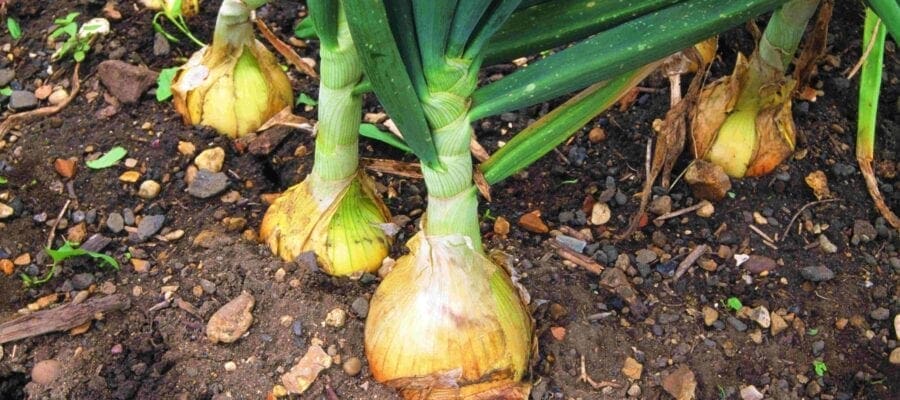Top tips for growing complementary seasonal produce from The Greenhouse People
There’s nothing better than growing your own organic fruit and veg. National Allotments Week (14 – 20th August) seems like the perfect time to look at the ways we gardeners can grow tasty seasonal produce all year round.
Friend or foe?
‘Companion planting’ is key to making the most out of your space and the quality of your produce. Certain complementary plants forge mutually beneficial relationships helping to repel pests, improve pollination and provide nutrients.
For example:
• Lettuces, radishes and other quick-growing plants sown between hills of melons or squash will mature and be harvested long before the vines need more room.
• Leafy greens such as spinach grow well in the shadow of corn.
Plants that are not compatible with each other are called combatants. Examples include:
• White garlic and onions. These make excellent neighbours for most plants, but the growth of beans and peas is stunted in their presence.
• Potatoes and beans grow poorly in the company of sunflowers, and although cabbage and cauliflower are closely related, they don’t like each other at all.
• Fennel is pretty much a poor companion plant for everything! It can work when growing dill, but even this is a poor choice because the herbs tend to cross-pollinate.
Top tip > Growing members of the same ‘family’ close together increases competition for soil nutrients. Disperse onions, chives, leeks and garlic across your plot, instead of keeping them close together.
Space Invaders
Inter-cropping simply means growing fast and slow-growing crops together to utilise space.
A good example of this is the ‘three sisters’ planting technique. Corn, beans, and squash are inter-planted because they thrive together and each vegetable draws on a different key nutrient to maintain growth. This method is a great space saver for small gardens and veg plots and can be applied to other similar plants as well.
Top tip > You can add a fourth sister to the scheme. Sunflowers act as another climbing support for beans and attract pollinating insects.
The Great British Weather
Sometimes the unpredictable British weather can let us down and the plant projects we’ve nurtured so tirelessly do not turn out to be successful.
However, purchasing a greenhouse for your allotment means you can ignore and evade almost all seasonal changes and weather conditions throughout the year. Extreme temperatures, excessive rain or droughts will not cause any serious problems to greenhouse gardening efforts, giving your much-needed flexibility when it comes to any forms of complementary gardening.
Top tip > Adding an electric or gas heater, along with overhead lighting, can extend the growing period for warm season plants for even longer.
Herb heroes
Planting herbs throughout your plot can help to repel insects with their strongly scented leaves.
For example, sage repels cabbage moths and French Marigolds are great to grow with tomatoes because their strong scents repel aphids. They’re also very pretty.
The benefits extend beyond protection, as the addition of herbs can enhance the flavours of other plants too. For example, growing basil alongside tomatoes and lettuce enhances the flavour of both.
Allotments can offer the perfect place to develop your passion for gardening. During National Allotments Week there will be open events across the country where you can find out more – check if your local area is hosting one by clicking the link below.











